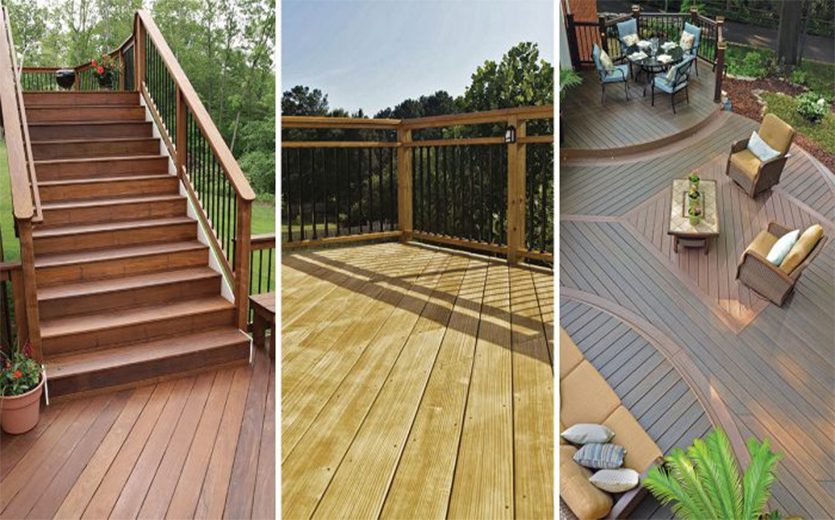
Unlike other home improvement projects, a deck not only provides a place for you to stay and relax outdoors but also, in addition to your house, showcases your personality and style. Yes, we all want a well-designed and beautifully styled deck that adds extra appeal and value to our property and creates an inviting environment for guests. To do this, let’s start by browsing through some of the different types of decks designs, and determine which style your deck is going for.
Raised deck
Raised decks are raised a few feet above the ground, often up to the height of the second story. It’s the most classic type of deck, a great place for sunbathing with a nice view. Imagine leaning on a couch, watching kids running around outside in the neighborhood, that’s what a raised deck is about. In areas subject to flooding and thunderstorms, raised decks are a necessity rather than an option for aesthetic purposes.
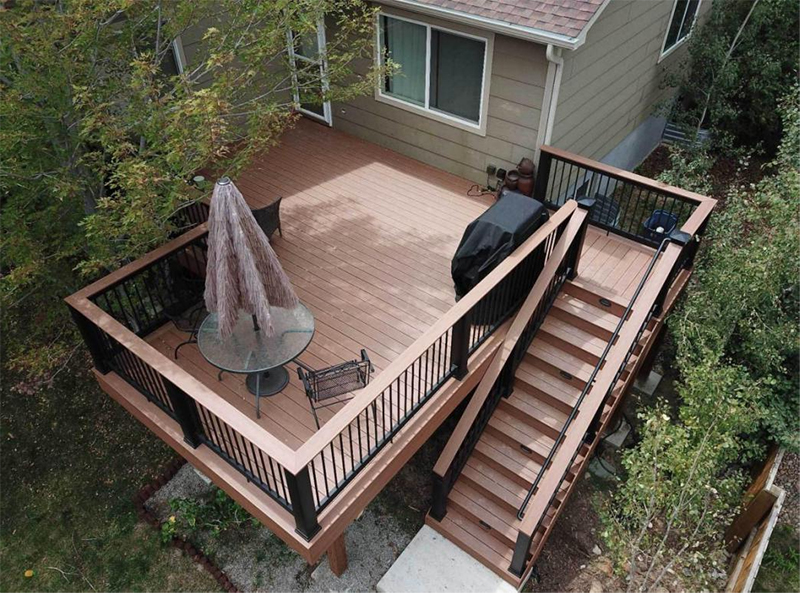
Built with wood framing sitting on concrete footings, it eats up more time, energy, and money than low-lying decks. Also, depending on where you are, you might need a local permit for the build. Because it’s elevated, railings and stairs are necessary for safety reasons.
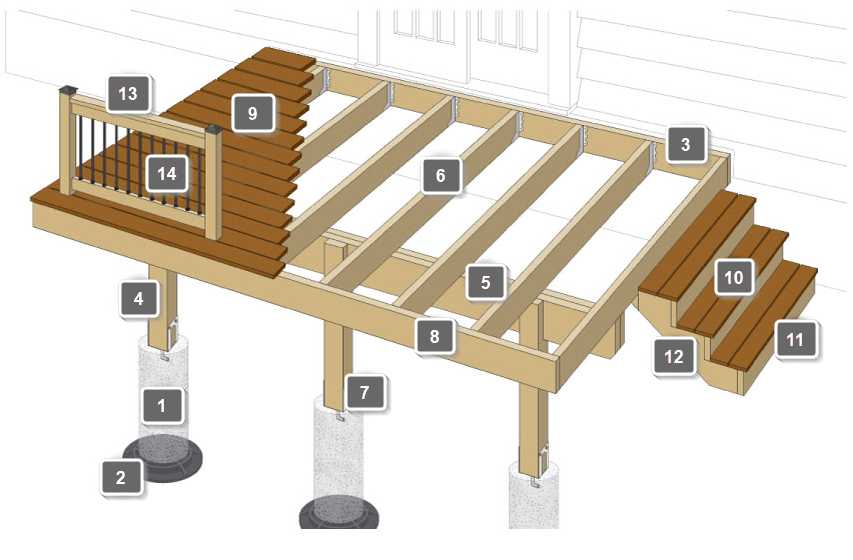
- 1. Pier
- 2. Concrete footing
- 3. Ledger Board
- 4. Support Column
- 5. Beam
- 6. Joist
- 7. Metal Base
- 8. Rim Joist
- 9. Decking
- 10. Tread
- 11. Riser
- 12. Stringer
- 13. Rail
- 14. Baluster
Ground-Level Deck
Here comes the most easy-to-build one. Ground-level decks are those built close to the ground, which is the most common for single-level homes. Ground-level decks are rather simpler and easier to build as the substructure is less complicated and they usually don’t require extra railings and stairs. They’re also less expensive than raised decks, probably the most economical type of deck.
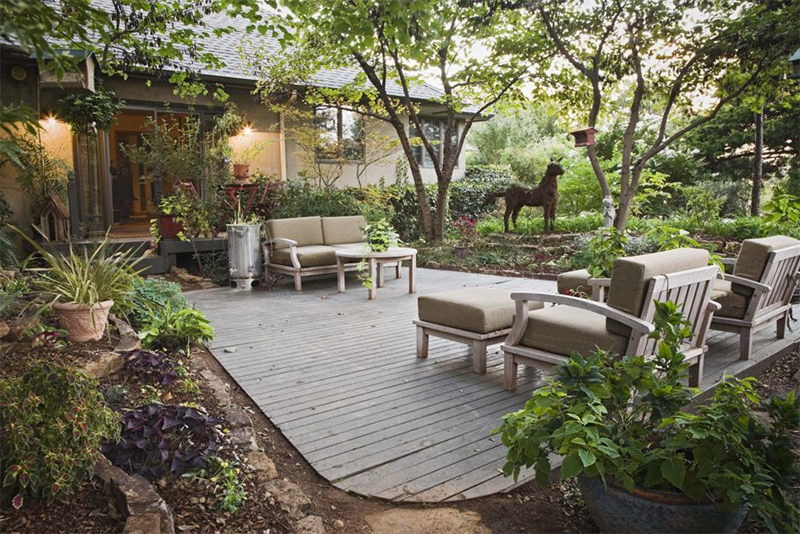
What you do need to keep in mind is the drainage. Because it’s ground-level, it puts strain on the longevity of the decking material if pooling water does occur around the footprint of the deck. Care should be taken when building it in areas with heavy rainfall.
Attached Deck & Freestanding Deck
An attached deck is attached to a building, especially a house. Having a deck just steps away from your house is pretty much convenient and fun.
The opposite of an attached deck is a freestanding deck. Freestanding decks are separated from houses, simply designed and styled, and usually at the ground level.
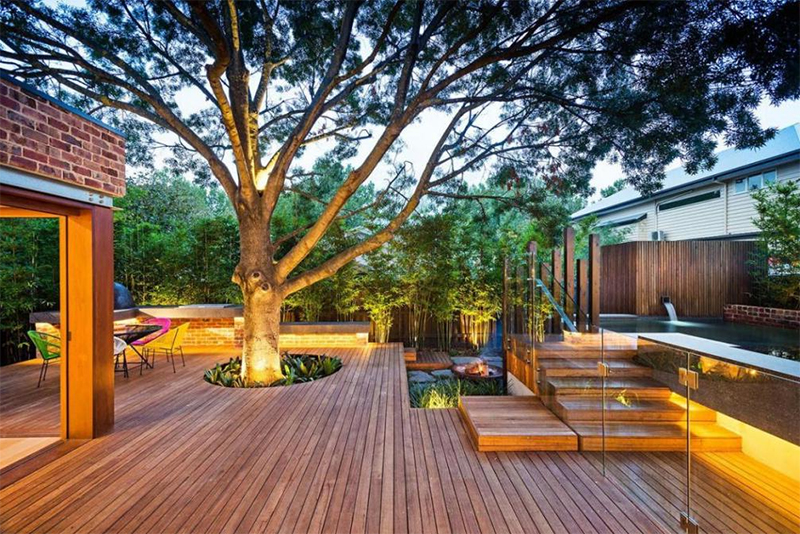
Freestanding decks are popularly located in a garden with a pathway linked to the house. They work well with covered roofs and pergolas. More importantly, they’re self-supported, meaning that no burden of weight-holding is imposed on the house and you can replace attached decks quite easily. However, compared to attached decks, building a freestanding deck is more costly and might be more challenging as it requires a sturdy substructure.
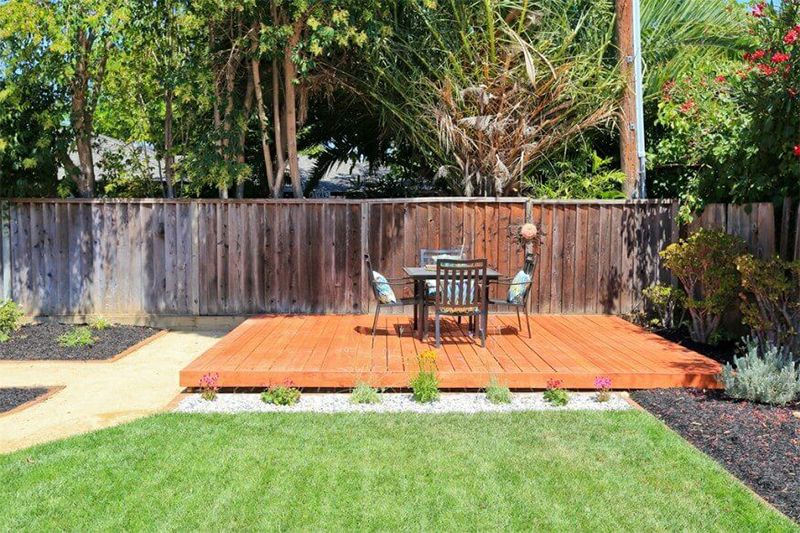
Wraparound Deck
A wraparound deck is like a porch that “wraps around” your house. It can extend the space of your house, helps with the air circulation, and makes the room appear more bright and open. Imagine having a long “corridor” where you can walk freely with shade around the house, that sure is an enjoyment.
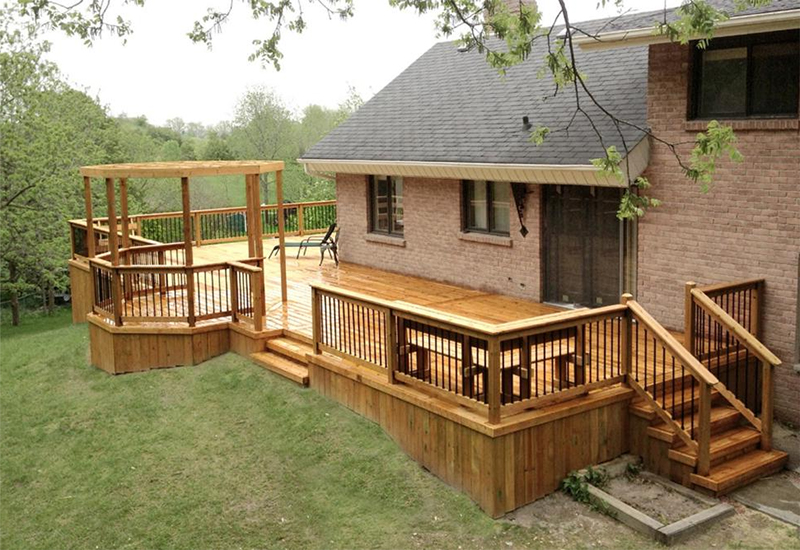
Multi-level Deck
Multi-level decks are those set at different heights, usually built on sloped terrains. They are often linked with stairways and ramped paths. With separated deck areas at different heights, it adds visual impact and makes good use of hard-to-access land. Multi-level decks are quite enjoyable but a bit harder to build.
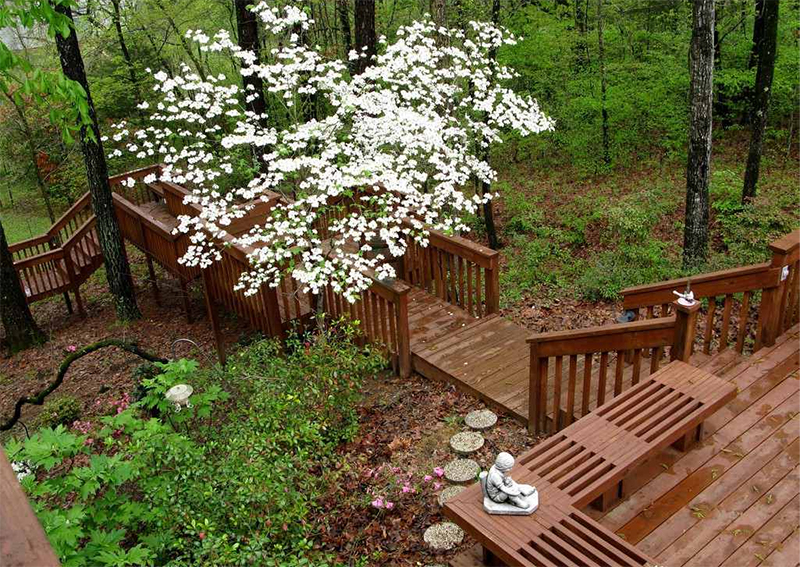
Swimming Pool Deck
A swimming pool deck is one built around your pool. It’s where you can put your chairs, tables, and other furniture, sit at them and relax. The pool deck provides a place for rest, offering a better look and style for your swimming pool. Similar to ground-level decks, you need to pay more attention to the issue of drainage. Because it’s located in a highly moisturized environment, the decking material needs to be waterproof, and stainless steel hardware must be used.
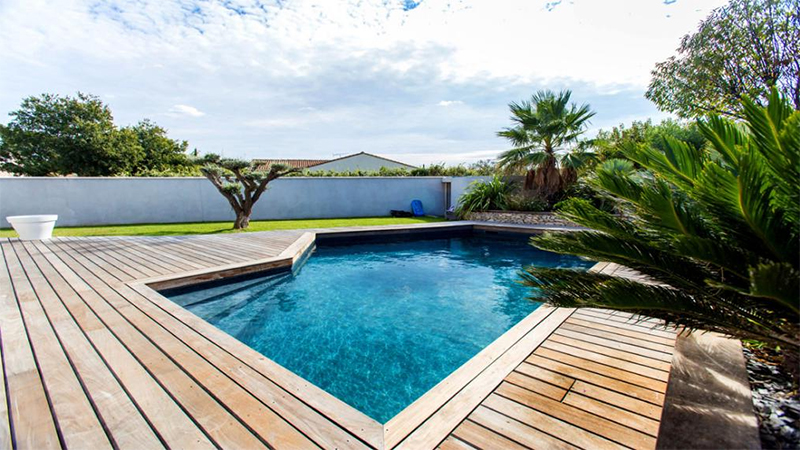
Rooftop Deck
Time to try some unique locations. A rooftop deck, as its name suggests, is constructed on rooftops. Requiring a flat and code-compliant surface for them to sit on, they’re mostly built on tall commercial buildings. It’s not common so far, but, just think about it, how cool it must be to have a rooftop deck where you sit on a chair, savoring the view of the city. The picture below shows a rooftop deck built with COOWIN® composite decking.
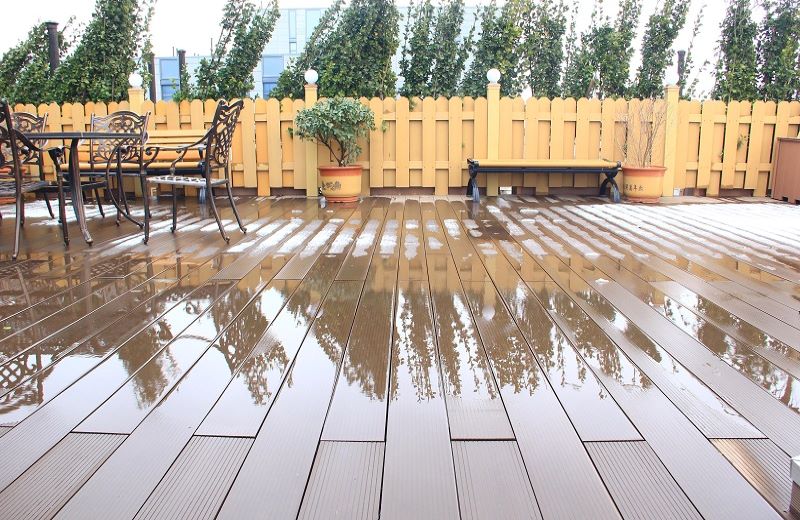

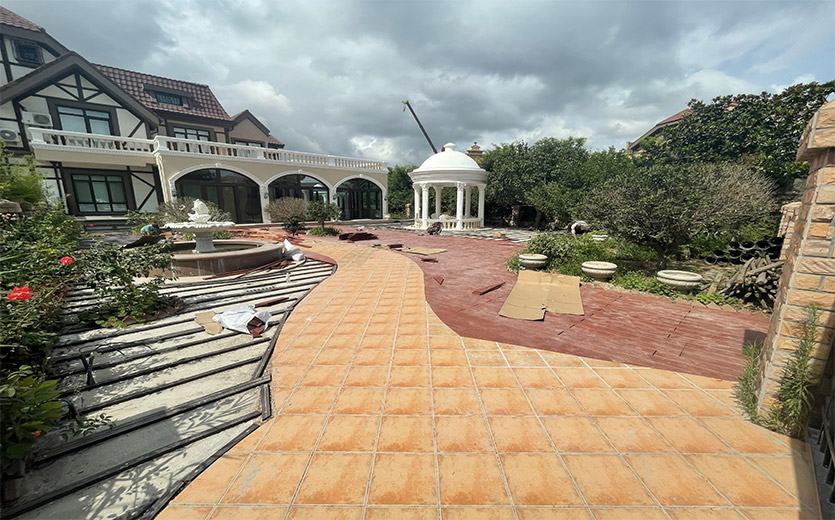
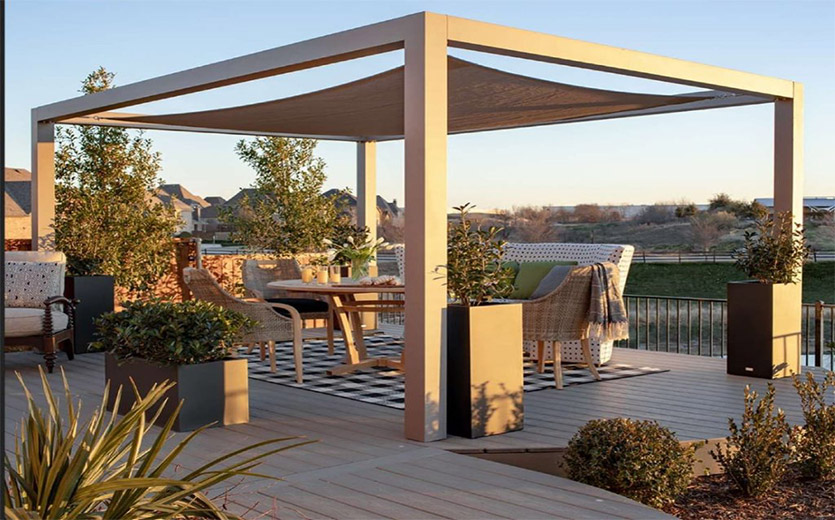
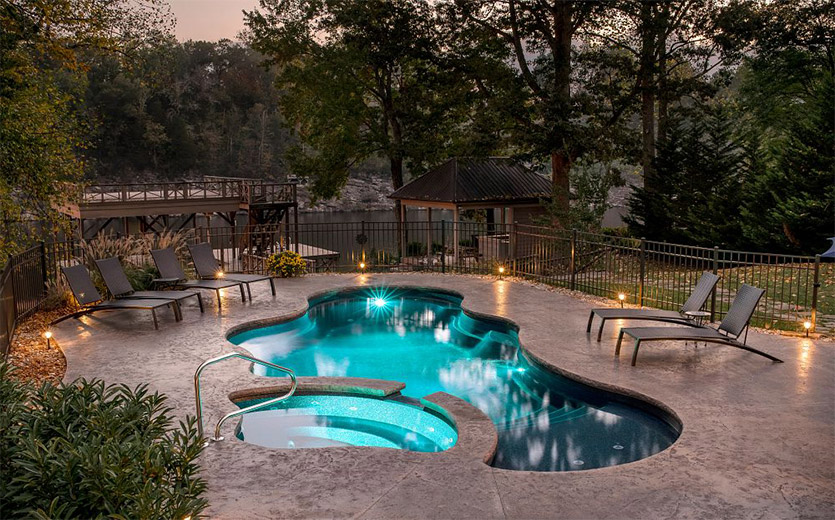
Post a Comment